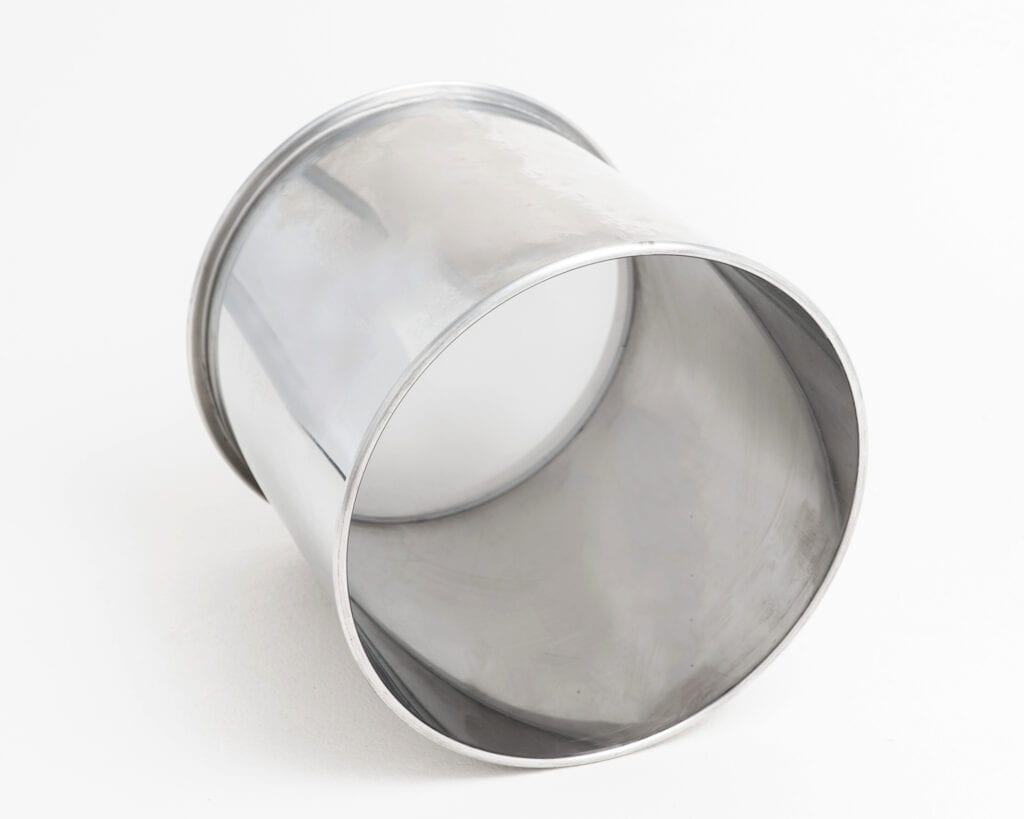
ตะแกรงงแบบงานร่อนเปียก ยี่ห้อ Glenammer เป็นโครงตะแกรงจะเป็นงานขึ้นรูปชิ้นเดียวตลอด
เหมาะสำหรับงานร่อนแร่ ตามเหมืองแร่ เป็นต้น
What is the purpose of wet sieving?
Sometimes dry sieving cannot produce the right level of separation of materials and therefore wet sieving helps to evaluate particle size distribution of granular material.
Wet Washing Sieves are designed for wet testing of soils, cement, and other fine materials where samples need to be separated with the help of liquids. In the wet washing process, fine materials are washed through the sieve without loss of any portion of the sample. In most applications, the water is sprayed into the sieve for a set time and under a specified pressure.
Wet sieving can only be done on material that is:
- Insoluble in water
- Not affected by water e.g. solids that expand won’t work
- Remain unchanged in temperatures up to 230°F (110°C)
Typical applications for wet sieving include:
- Agricultural soil with a high clay content
- Contaminated soil
- Clay suspensions
- River sediments
- Sludge and glazes
- Abrasives
- Kaolin and fillers
- Micro granulations
There are two different wet sieving methods – particle size analysis method using a sieve shaker, and the wet-wash preparation method. Glenammer’s bespoke wet washing sieves and sieve shakers are ideal for both methods and for accurately separating particles. They are manufactured with an extra-deep frame specifically for wet testing, which makes it possible to separate fine samples with liquid and avoid particles sticking to each other.